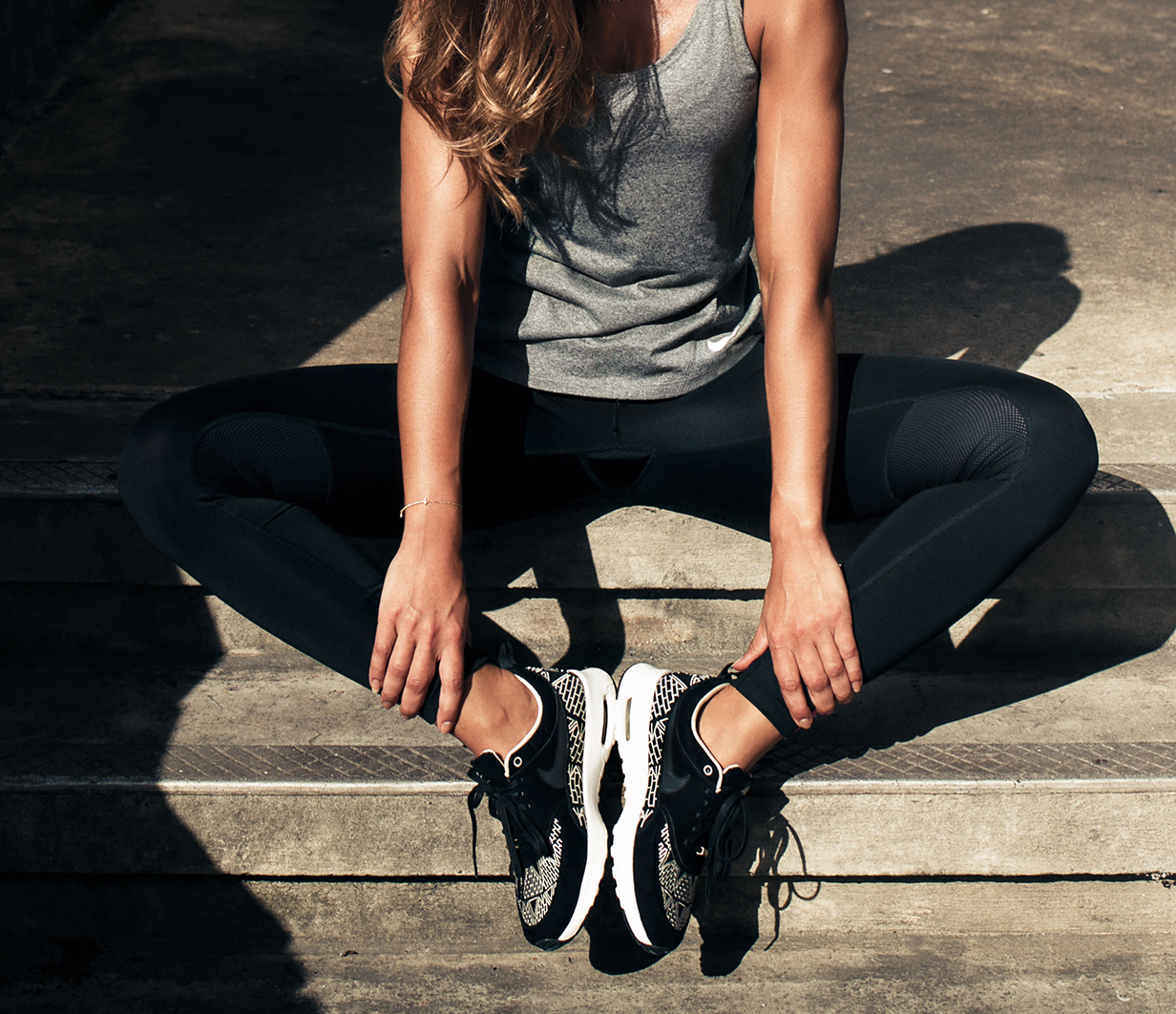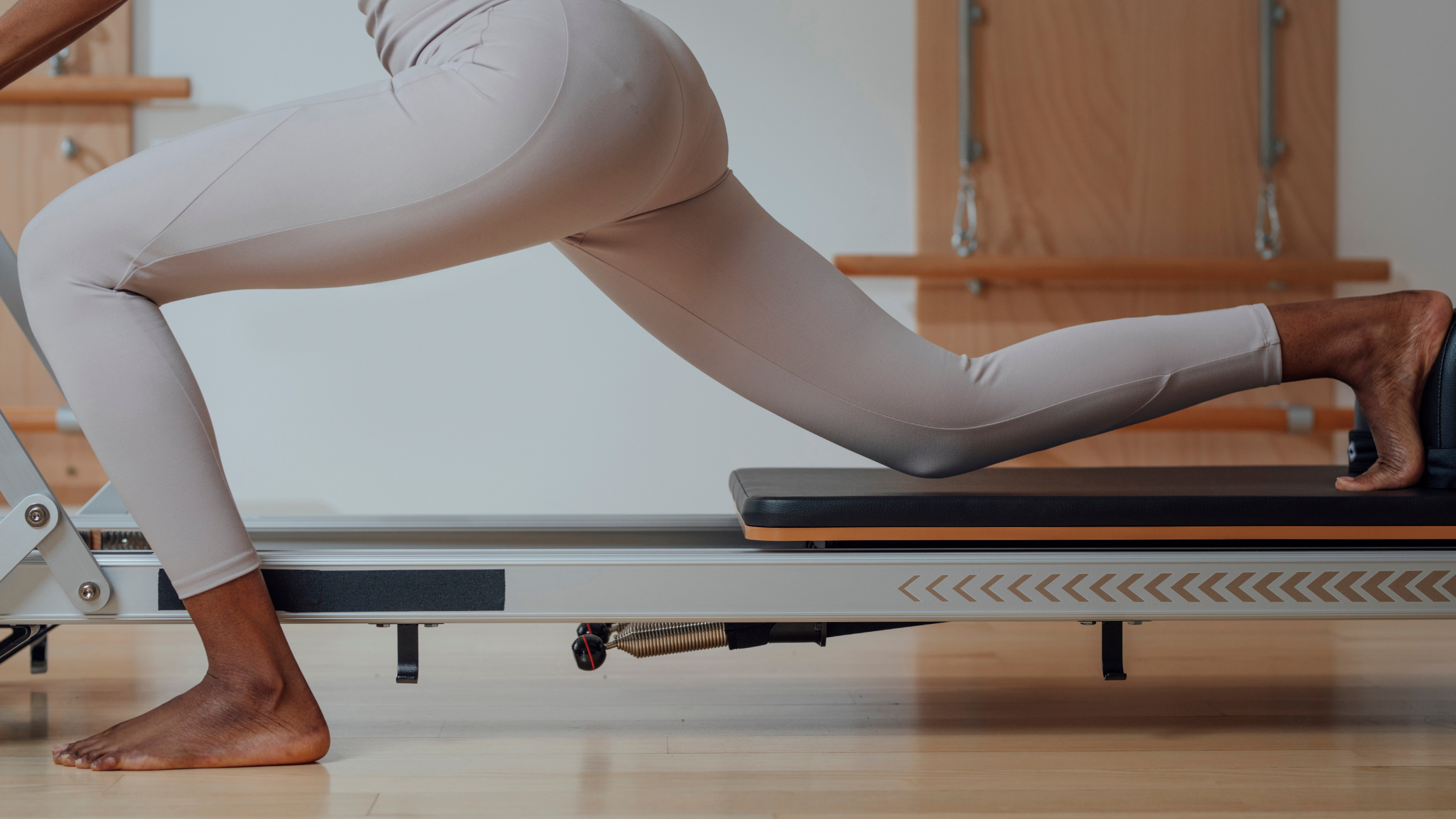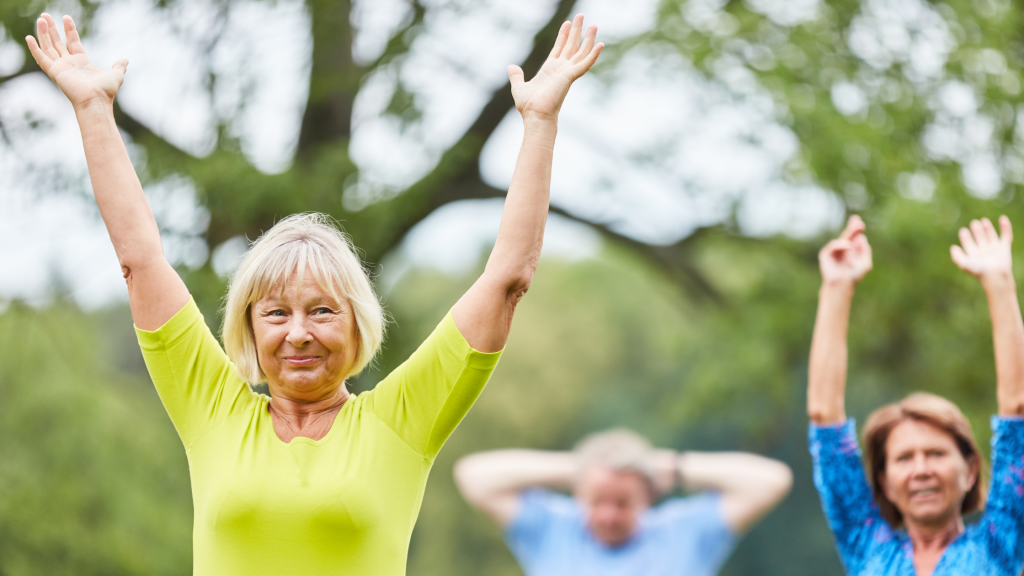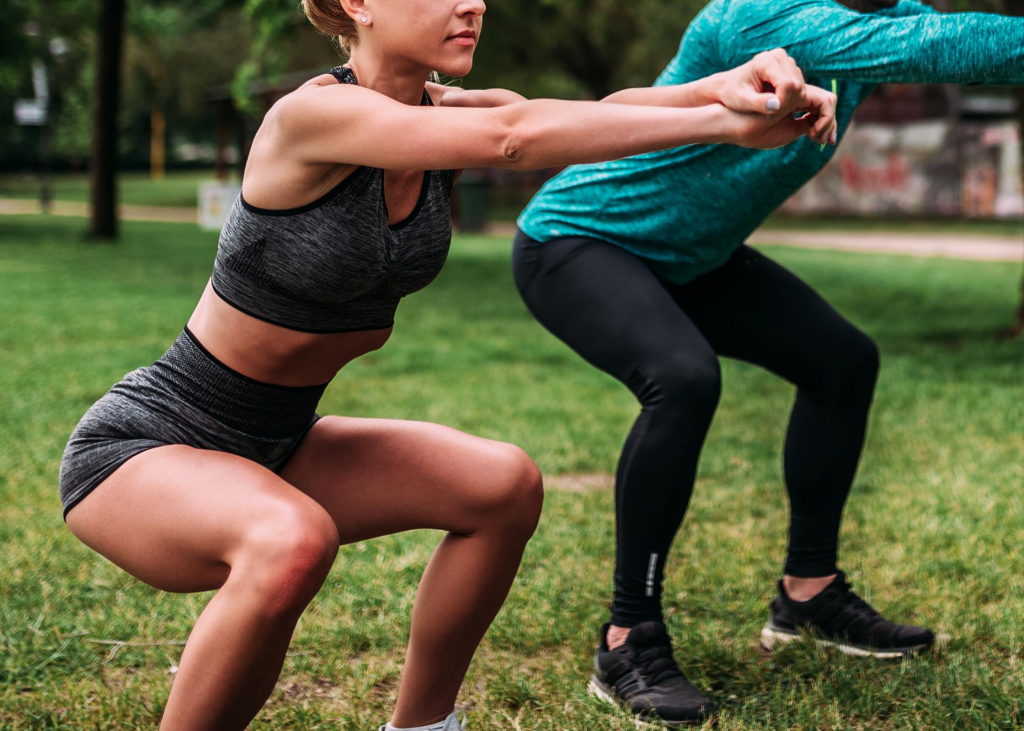Do you have pain on the outside of your hip during/after walking or running? When you climb steps? If you stand on one leg to get dressed? When you sleep on your affected side?
You could have lateral hip pain. This can be called many different names, including greater trochanteric pain syndrome, bursitis, tendinopathy, or tendinosis. Confusing as these terms are, they all relate to the pain that you feel on the outside of the hip around the area of the gluteal muscle, towards the top of the long leg bone (femur), and sometimes into the outside of the thigh.
Who does it affect?
Although this condition can affect anyone, it is more common in women and often presents around menopause.
Why?
As we approach menopause, there are quite significant changes to our hormones. Oestrogen, in particular, plays a role in the makeup of the tendon tissue and how the collagen turnover in our body functions. When we reach menopause age, the way a tendon responds to load/activity begins to change.

Does this mean we should stop exercising?
Absolutely not! It just means we should consider the intensity levels of exercise, incorporate rest periods into our training regime and allow the tissues a little longer to recover from strenuous exercise. If starting a new exercise program, build up slowly, and if in doubt seek some good simple advice from a trainer, exercise physiologist or physiotherapist.
So, what actually goes on at the side of the hip?
Usually, lateral hip pain is caused by irritation or inflammation of either:
- Tendon (often called tendinitis, tendinopathy, or tendinosis) or,
- Bursa (often called bursitis, or distended bursa).
Other sources of pain need to be considered. Potentially, the pain could be coming from your hip joint, lower back, bones, or an internal organ – that’s why it’s always a good idea to consult your doctor.
Let’s assume your doctor has diagnosed your lateral hip pain as ‘Gluteal Tendinopathy’ or ‘Greater Trochanteric Bursitis, and consider your options to manage these conditions. These are all reasonable approaches:

‘Wait-and-see’ – certainly the cheapest of the 3 options. Yes, the pain may settle down. However, some people find it hard to return to the same level of function without the problem coming back. For example, they find it hard to get back into running or climbing a steep hill.
Corticosteroid injection – this is often what your GP will send you for if you have bursitis. It is usually quite effective at relieving pain in the short term. However, we often see people getting stuck if the pain returns. The 3rd and 4th injections are often less effective. This is usually because the injection treats the symptoms and not the exact cause.
Specific Exercise and Education – Research demonstrated that, for most people, a program of education and exercise achieved better short and long-term results than the wait-and-see approach or the injection intervention. The only downside is that you need to put some time aside to first understand your problem, modify some of the things you may be doing and then start some specifically prescribed exercises to help strengthen the tendon.
How can we help you?
After a thorough assessment, your physiotherapist will identify the cause of your hip pain. It’s important not only to know what’s causing your pain but also why. These factors can be divided into two categories – intrinsic and extrinsic factors;
- Intrinsic factors are within your body such as leg length discrepancy, muscle strength and length, and body composition.
- Extrinsic factors are external such as chair height and shape and bed firmness. Or for athletes – training load, volume, footwear, and training surface.
You may need to consider including cross-training in your regime to enable relative rest from one exercise whilst continuing exercising in a different way. Perhaps only do the hill runs once a week instead of three times per week. There are usually some simple solutions to help your problem.

For the best outcome, we recommend a full assessment and conversation with one of our highly-trained team members to really nail down the best management for you, everyone is different, and we all have different goals.
Once we have identified the activities that irritate your hip, we’ll prescribe an exercise program to help strengthen and support your hip. This may be a program you can incorporate into your daily routine from home, and/or we may guide you through a strengthening program using our Pilates reformer machines in the clinic.
Why do you use the Pilates Reformer for hip pain?
Lateral hip pain is resolved and managed best by improving strength in the lower limbs. This must be done in a specific way so that your condition is not aggravated. The Pilates reformer is the safest machine to use to improve lower limb strength.
Here are some useful guidelines (some you might not expect!) to get you on the right path – straight away. It’s important to remember that all movement is ‘safe,’ sometimes there is just a better way to move…
- Starting a new exercise? Remember to build up slowly.
- Running up steps? Make sure the knees are in line with the hips.
- Squatting? Ensure the knees are not dropping into the midline.
- Avoid sitting in a low chair – your hips should be higher than your knees.
- Avoid sleeping on your affected side – sleep on your back, or your other side with a pillow between your knees.
- Core exercises? These don’t address the underlying cause, although they can be helpful to a point. Instead, focus on strengthening your gluteal muscles with the specific guidance of your physiotherapist or exercise physiologist, the exercises can be adjusted for any age or skill level.
- Don’t go straight for a corticosteroid injection. Seek the advice of your physiotherapist to ensure you are choosing the correct treatment pathway for you. As mentioned earlier, usually ‘Exercise is best’!
- Therefore, do not stop exercising. Adjust your exercise routine, choose low impact (and pain-free) exercise such as swimming, and get some good advice as to what you can do to help your problem.
Keen to know more?
For an appointment with one of our physiotherapists to discuss your hip pain, call the clinic on 6646 3766. Or to book online, simply click here. We are confident we can help you.
1. Mellor R, Bennell K, Grimaldi A, Nicolson P, Kasza J, Hodges P, Wajswelner H, Vicenzino B. Education plus exercise versus corticosteroid injection use versus a wait and see approach on global outcome and pain from gluteal tendinopathy: prospective, single blinded, randomised clinical trial. British Medical Journal 2018; 361: k1662 (Published 02 May 2018).
Written by: Alison Darbyshire – Physiotherapist.








About The Author: Alison Darbyshire
More posts by Alison Darbyshire